Sponsored Listings:
On the afternoon of our first day in colorful Curaçao, SVV and I found ourselves on an estate surrounded by dolls, some teey-tiny and others life-sized.
Yes, you read that right.
And no, we did not step into a Stephen King-inspired nightmare; rather, we found our way to Serena’s Art Factory, just 10 minutes outside of Willemstad.
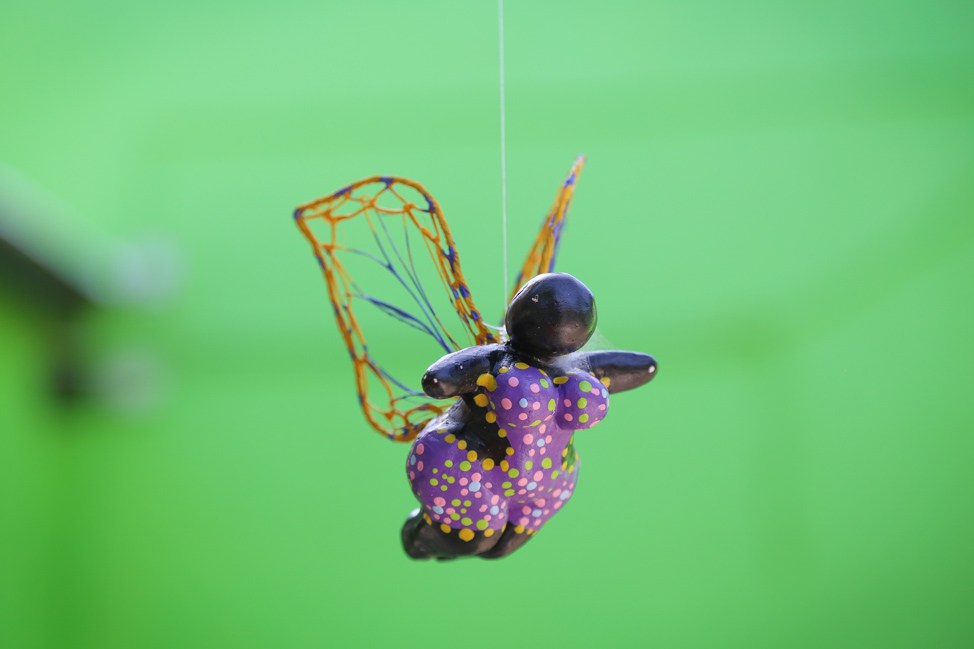
I knew nothing of these Chichi dolls, as they’re called, prior to that day. Our guide, Cecil, tried to explain them, but it wasn’t until I arrived on Serena’s compound that I really grasped what it is she is doing.
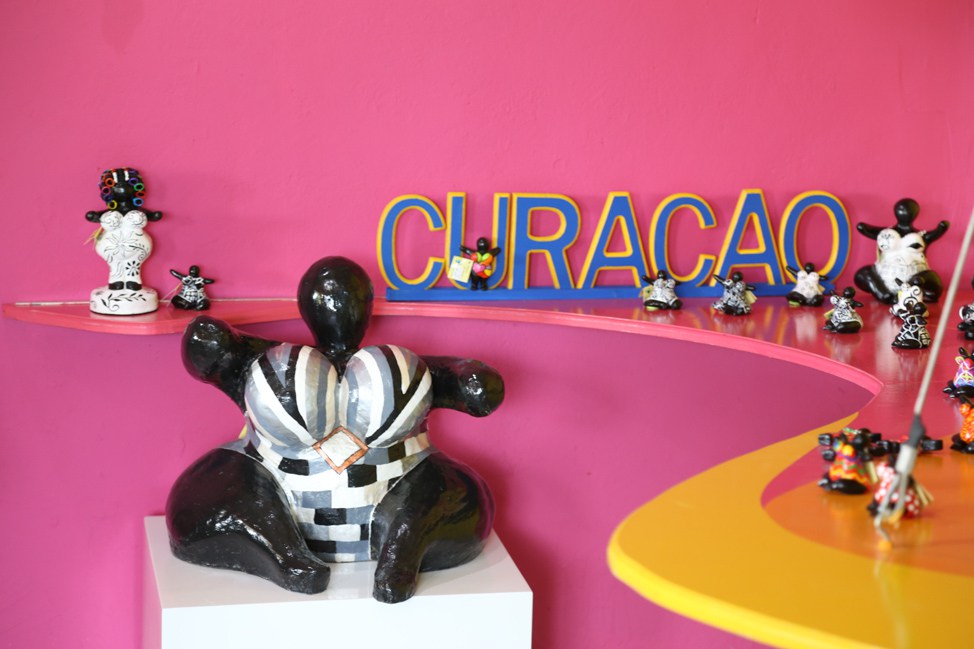
Nearly a decade ago, artist Serena Israel moved over to Curaçao from Germany. As she began to get the lay of the land, a couple things became clear to her: 1) There was a dearth of jobs, particularly among women, and 2) the island needed a souvenir that was distinctly Curaçao.
So Serena decided to kill two birds with one stone.
A seasoned mold maker, Serena dreamed up the idea for the buxom Chichi dolls based on the women of Curaçao; the name itself means “first-born” sister in the local language, Papiamento. But rather than make them herself, Serena aimed to give the islanders something of their own: to teach them how to make the plaster dolls they inspired through an extensive trainee program with the artist herself at the helm.
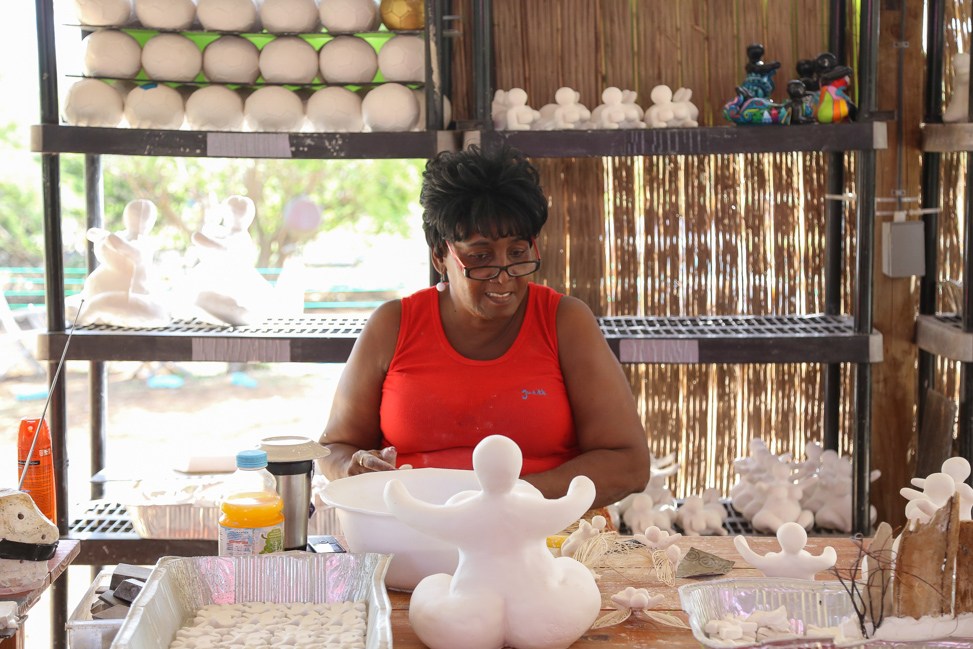
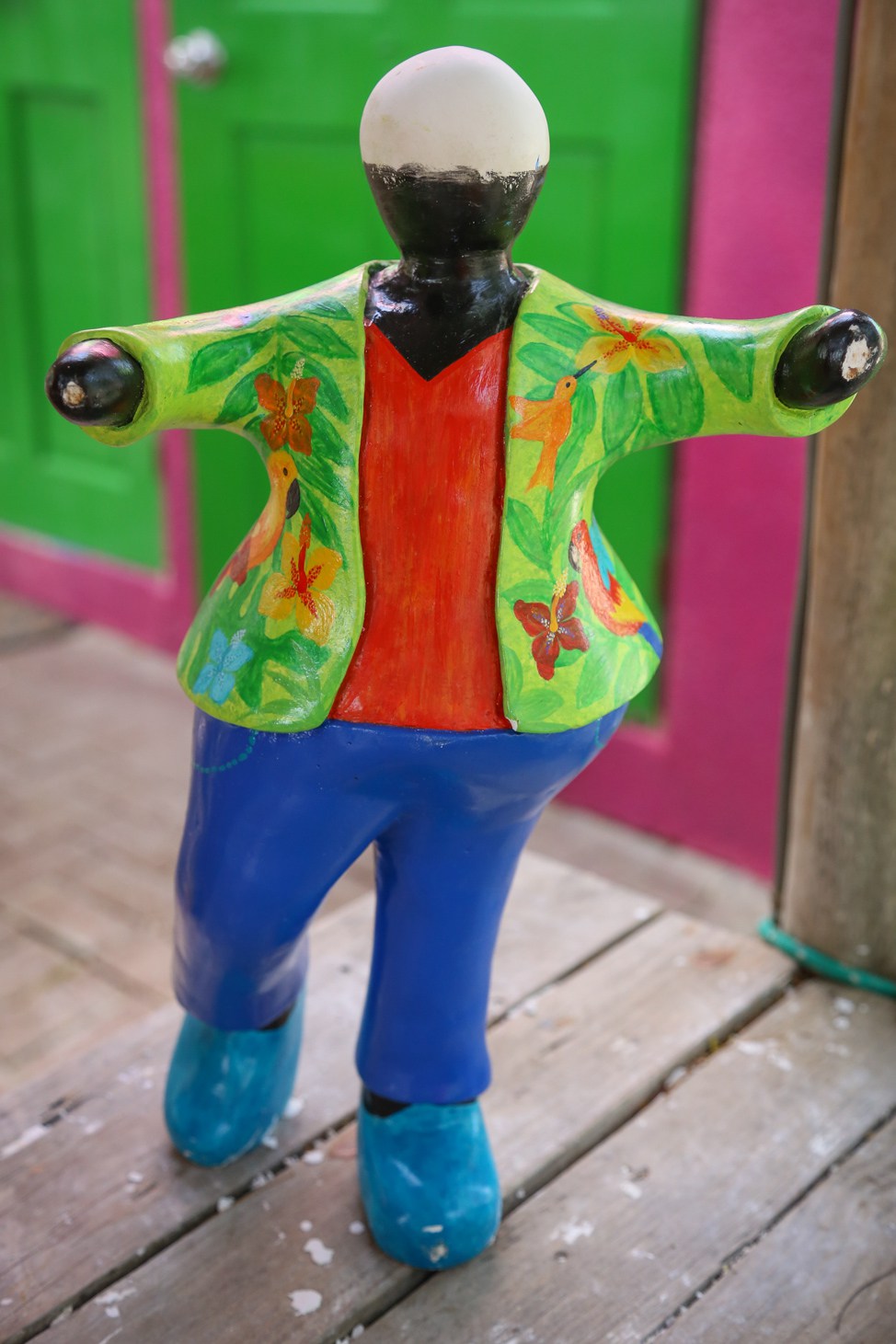
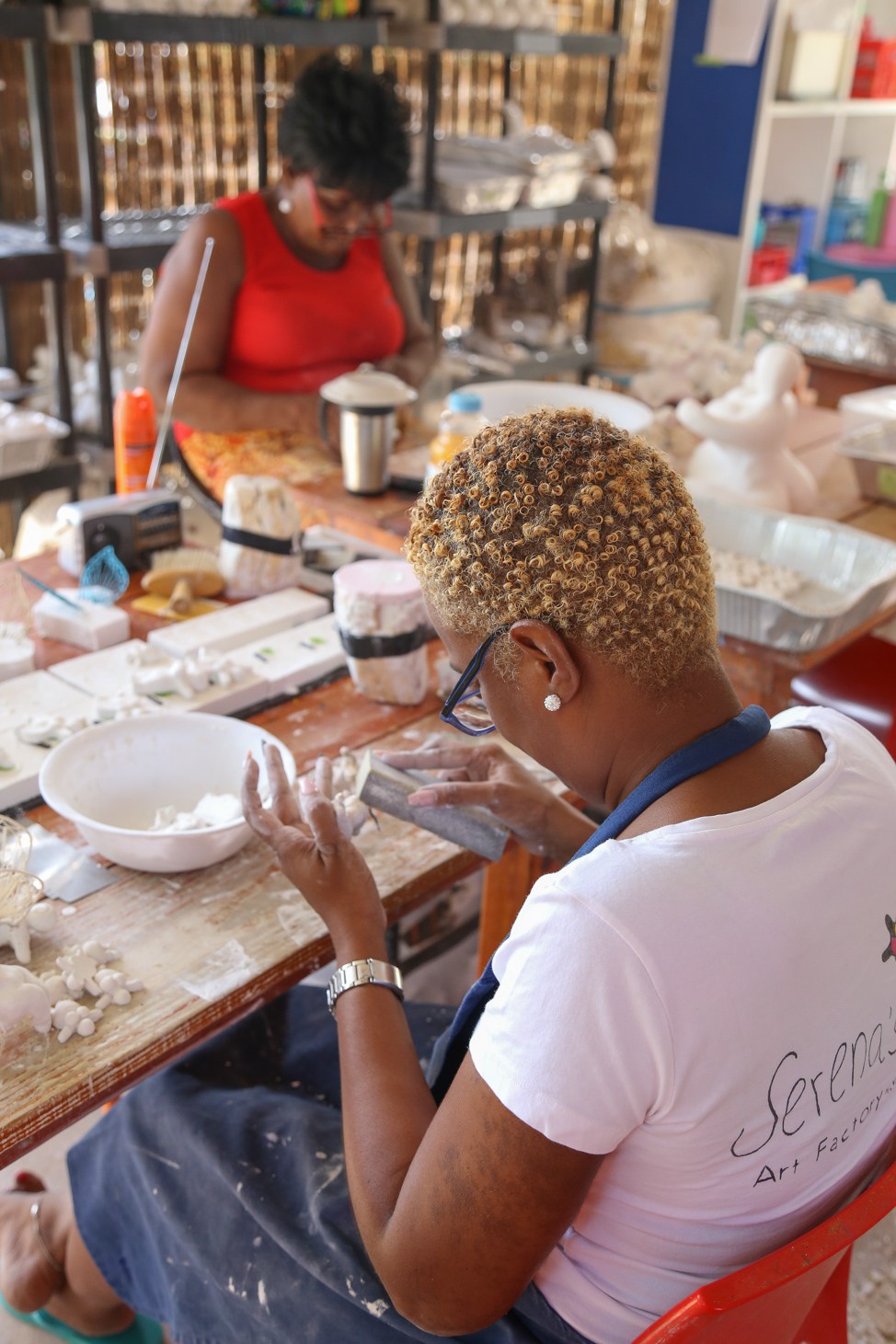
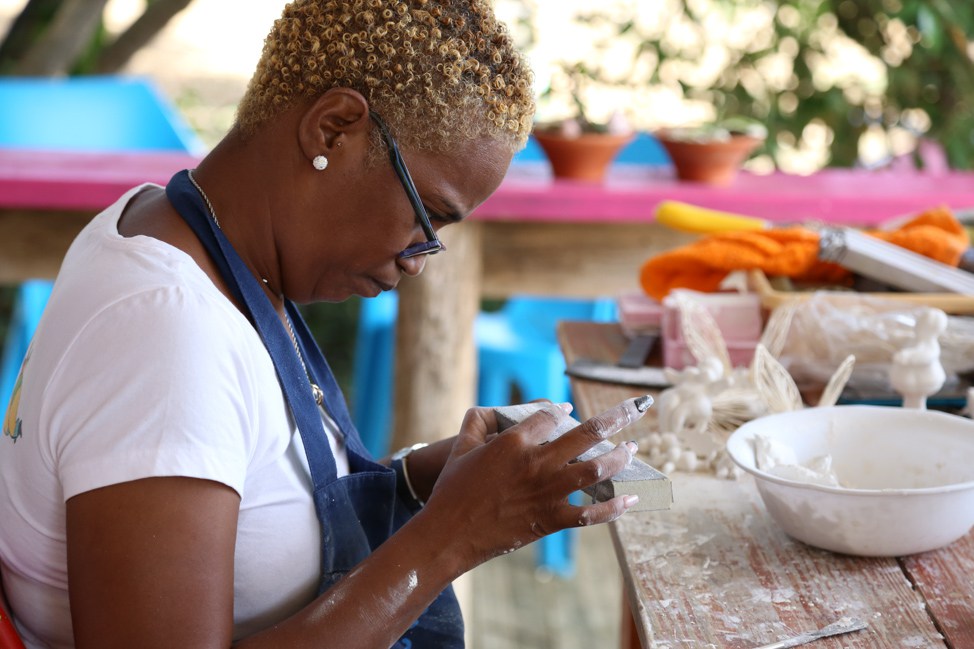
She started with a handful of women, none of whom had any experience at all, and nowadays, employs 54 painters with another five in the training program. As the women prove themselves over time, Serena raises their responsibilities and increases their pay as a form of empowerment.
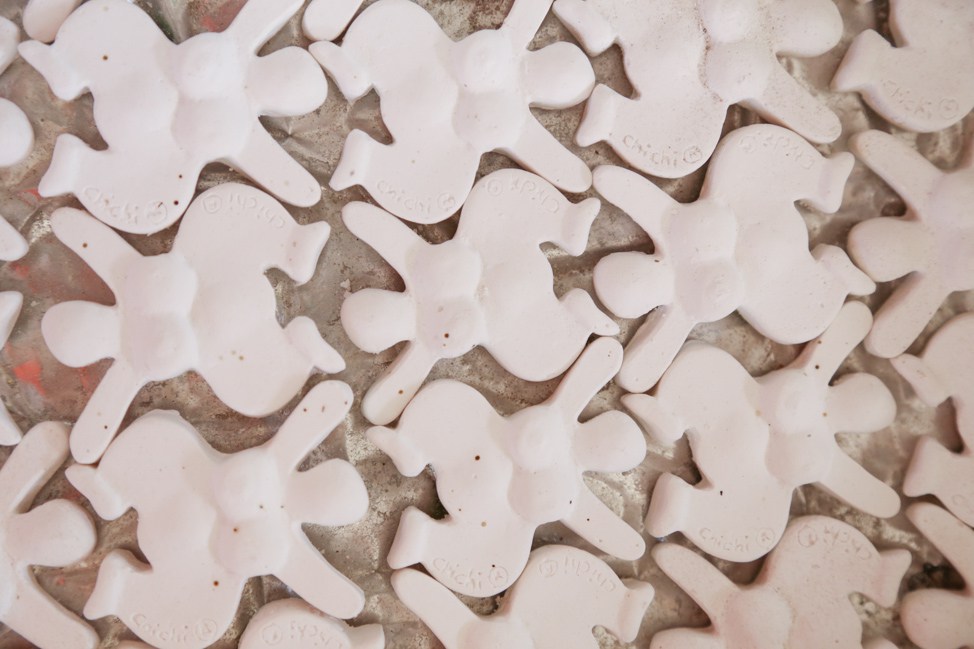

The coolest thing about the Chichi dolls? No two are the same.
Each painter is assigned a number, and each doll is emblazoned with the number of its maker, which is also meant to bolster morale and confidence among the women.

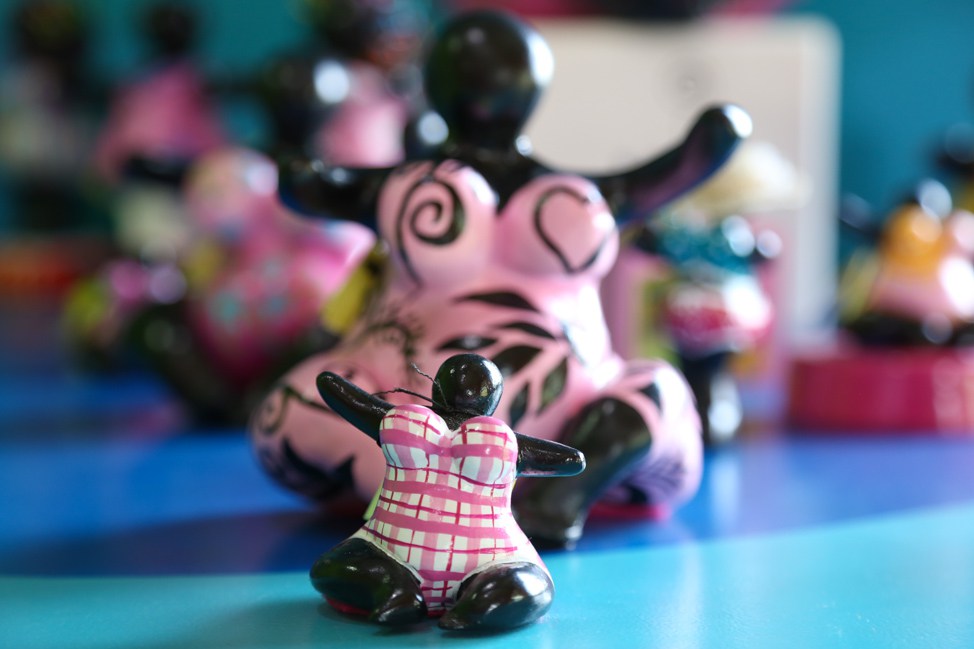
“It’s all about training the next generation,” she told me. “Making extra income doesn’t mean that you have to be a waitress. I want these girls to know they have options.”

On top of being open for tours, the art factory hosts frequent workshops and paint nights, so you can not only take home a souvenir of your own, but one that you created.
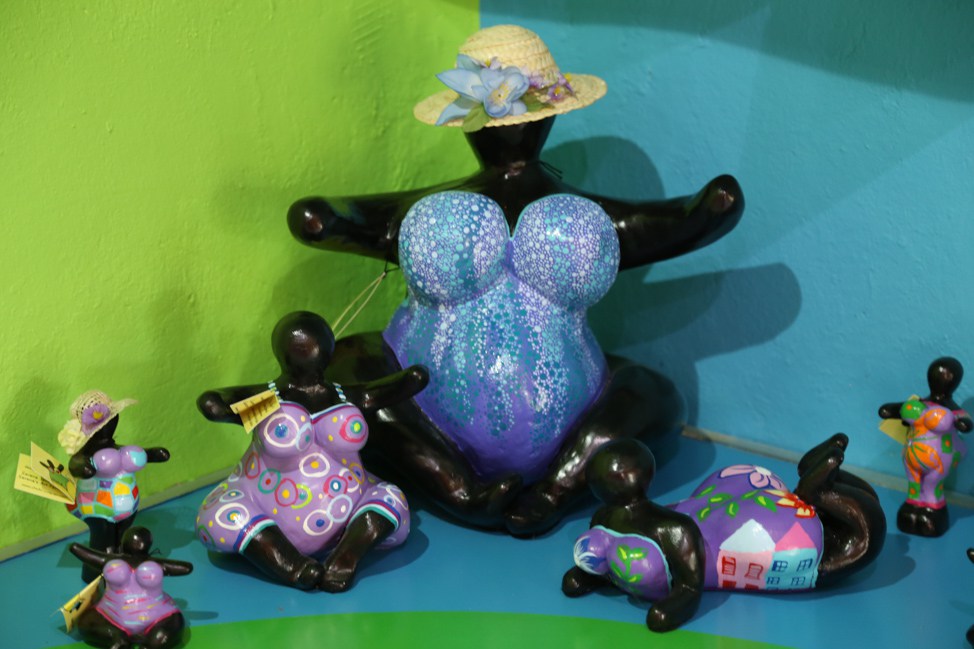
Oh, and did I mention, she’s an animal lover with a posse of fur friends and reptile residents?
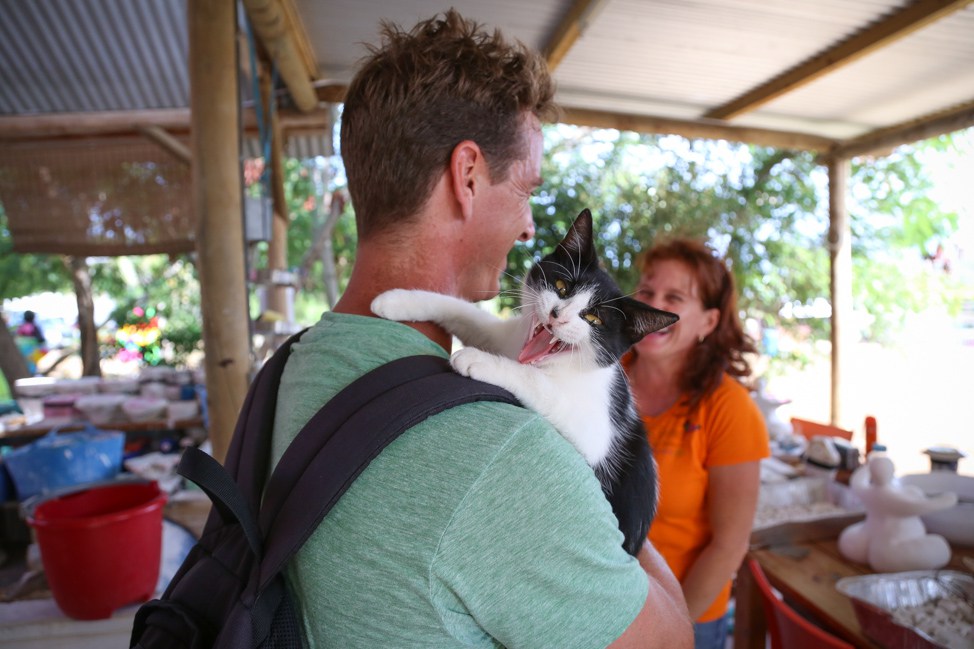
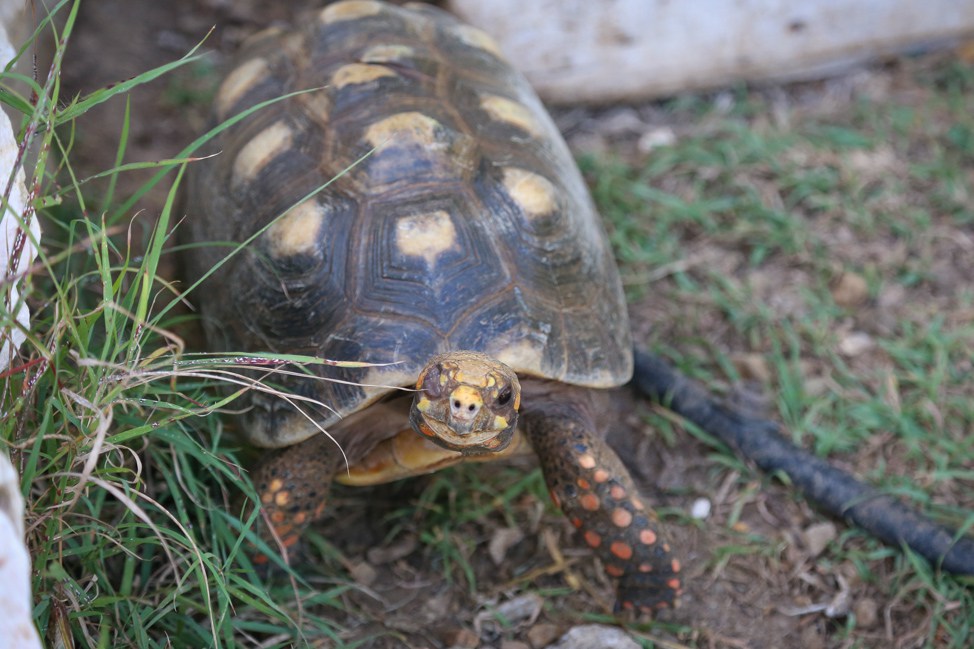
But Serena isn’t the only female entrepreneur on Curaçao who has made a name for herself. For decades now, native islander Dinah Veeris has been a local legend thanks to a very different form of art.
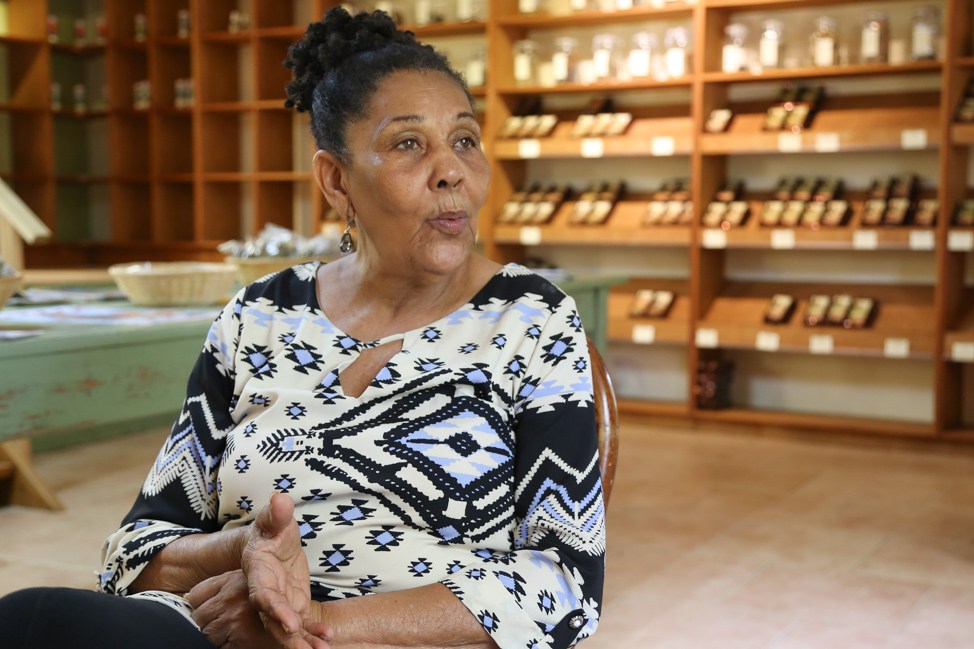
The former teacher became interested in the healing properties of herbs at a young age and fused her two passions by becoming a sought after speaker and expert on the subject, educating anyone who would listen about ancient herbal traditions, many of which were threatened to become obsolete thanks to progress and modern medicine.
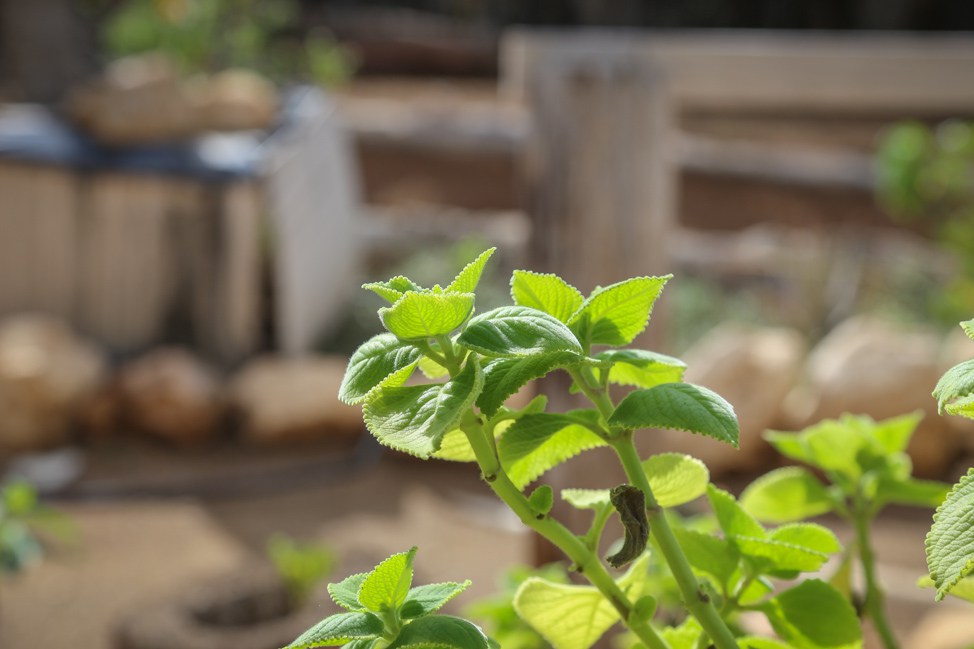


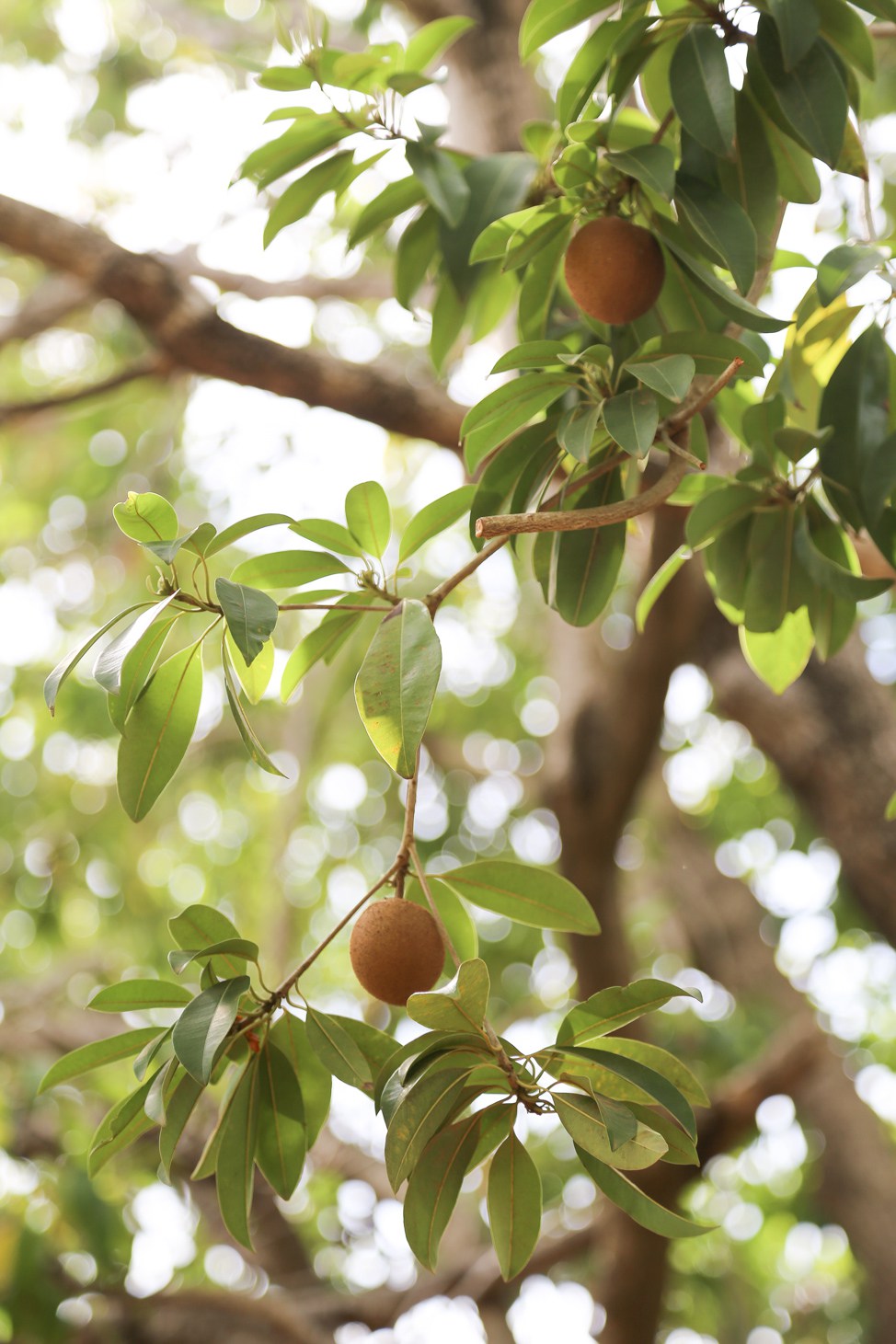
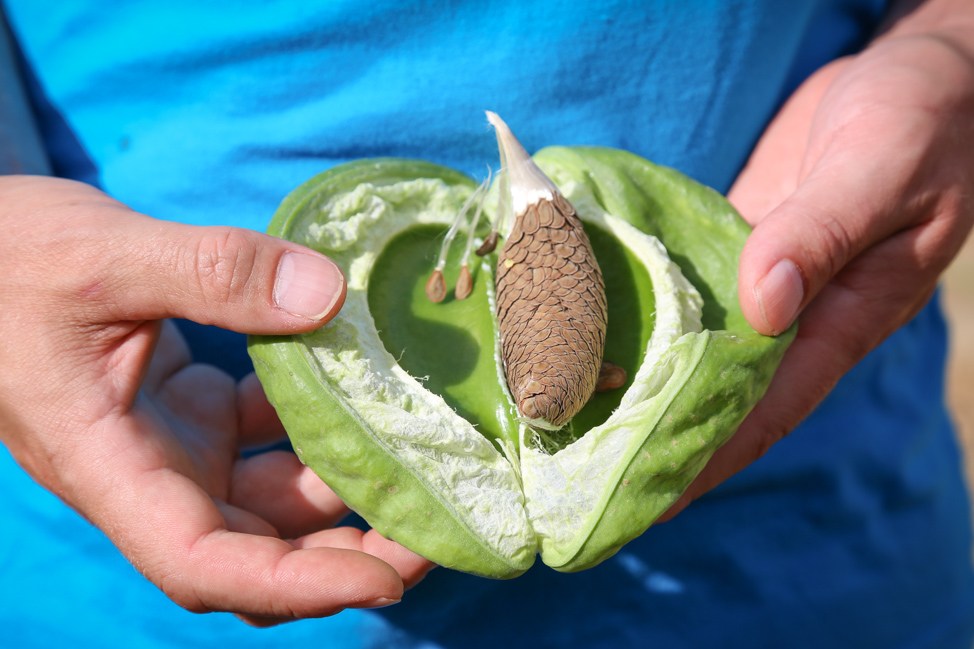
Since the early 1980s, Dinah has been dedicated to the cause of bringing herbal remedies back to the people of Curaçao, a process she started by interviewing the elders of the island to preserve their knowledge of the generations before them. She then went to California to study and traveled all over the world to spread the herb gospel, but lives in her own little green oasis right in the heart of Curaçao, not far from Willemstad.
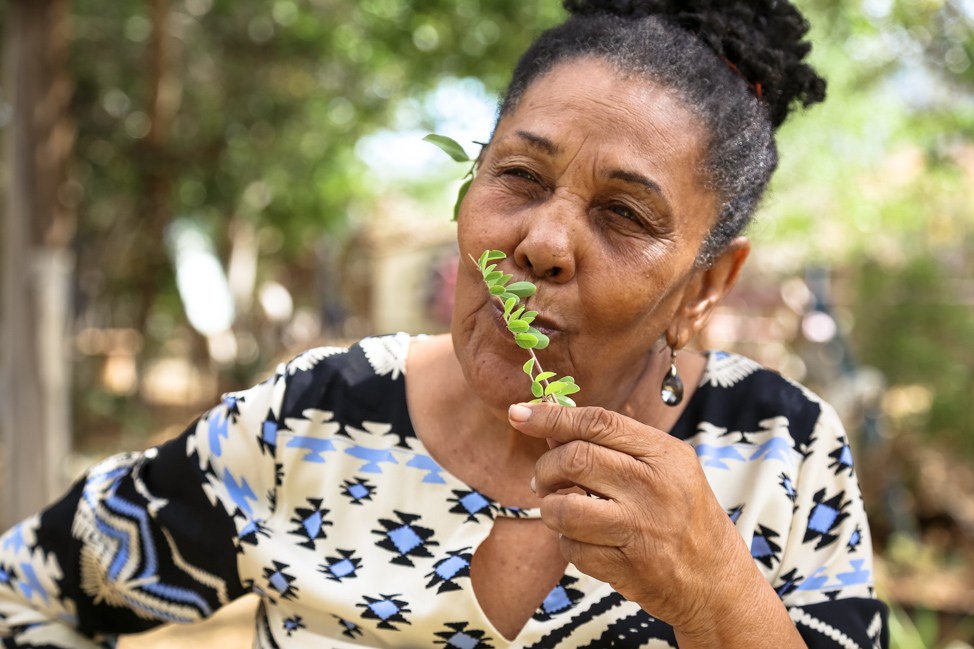
Over the past few years, SVV and I have become a lot more conscious of what we put into our bodies, trying to eat clean as best we can when home and using natural remedies and essential oils. Yes, I know this may seem like a fad to some, so it was fascinating to hear Dinah speak about how she’s been dabbling in such a study for my entire lifetime!
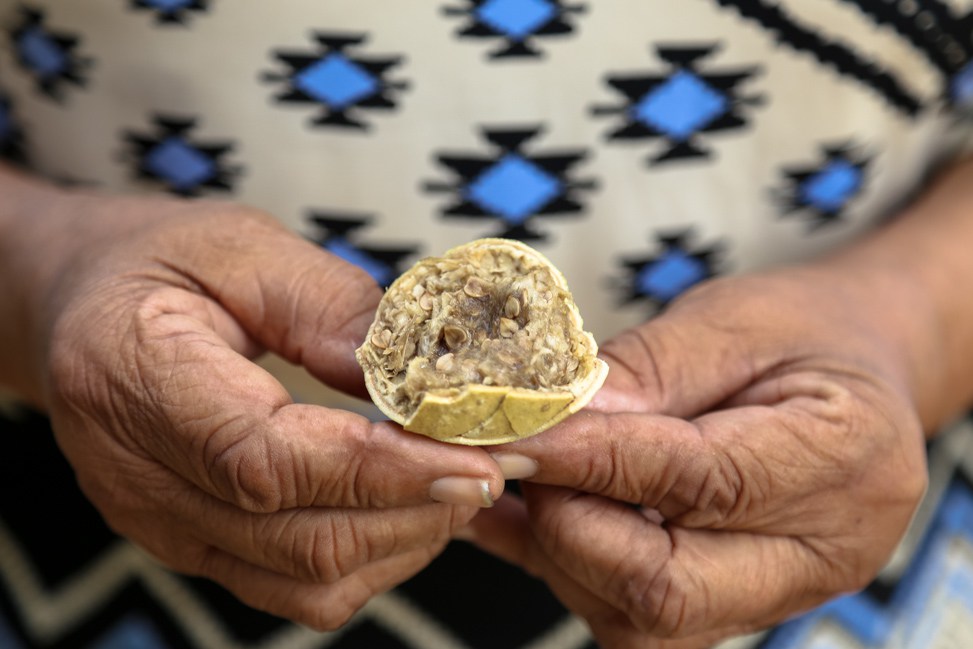
Dinah took us on a walk through her one-acre garden, Den Paradera, which was full of herbs and fruits that I’d never even heard of. She’s collected many plants that played vital roles in Curaçao’s old herbal remedies, and what she couldn’t find locally, she’d source from the neighboring Netherlands Antilles isles of Aruba and Bonaire.


She even let us nibble on some as we strolled. It’s surprising to see how much can grow on a desert isle like Curaçao.
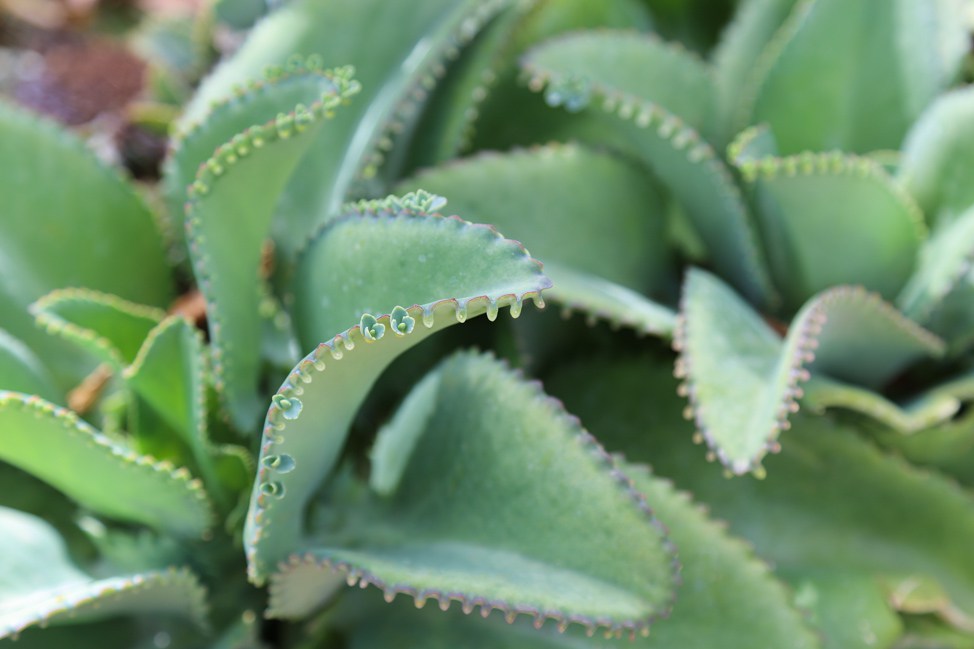

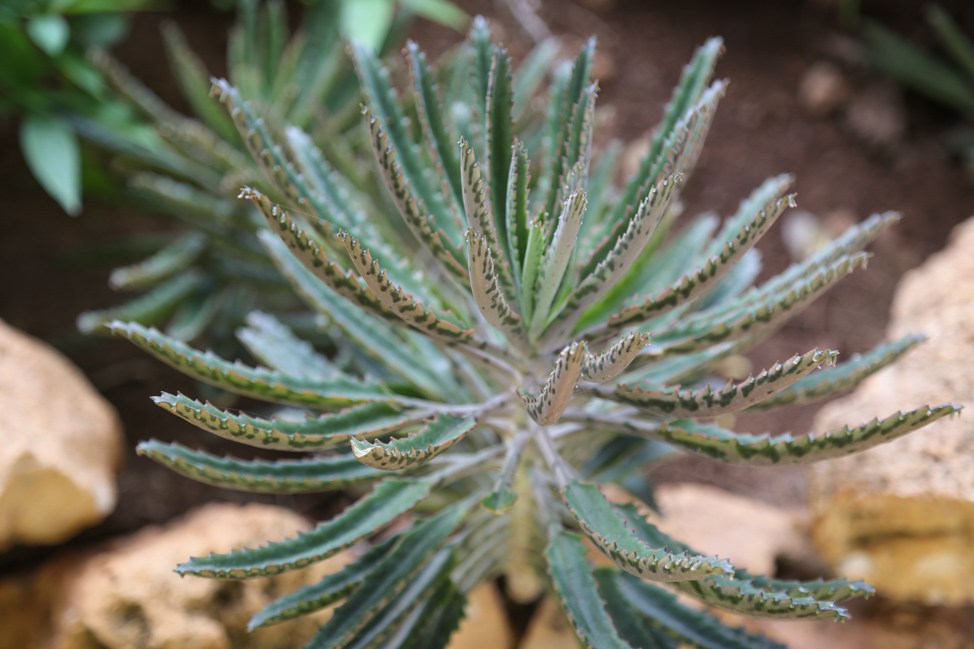
Dinah has a very well-stocked shop full of oils, ointments, soaps and more for those traveling through, and she also opens her garden up to public tours.
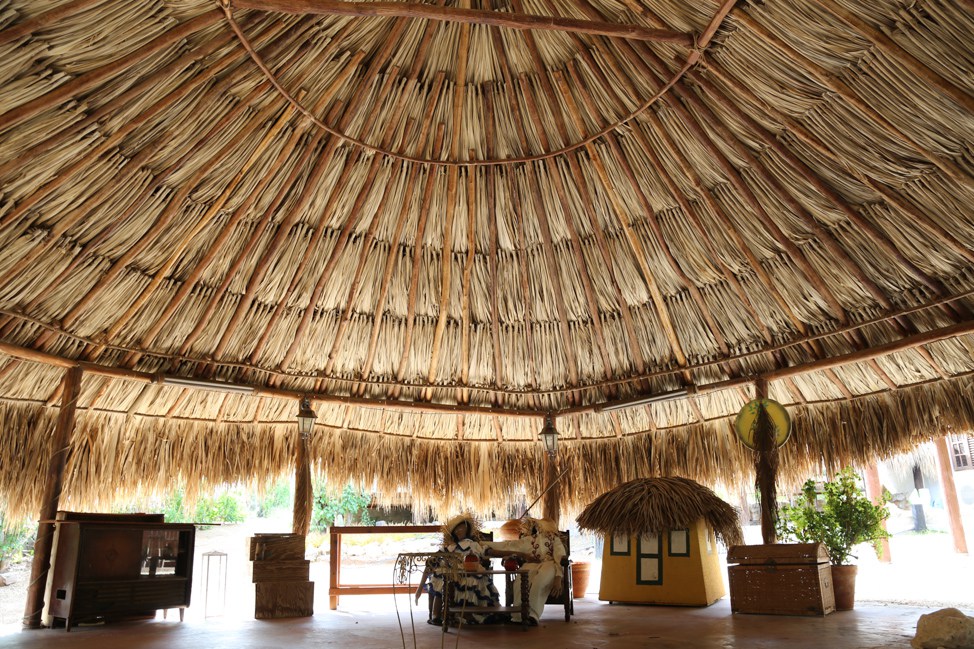
As a small business owner myself, I left both Serena and Dinah’s homes feeling very inspired to see what they’ve accomplished with limited resources on a small island just north of South America.
Not a bad first couple days on the island, indeed.
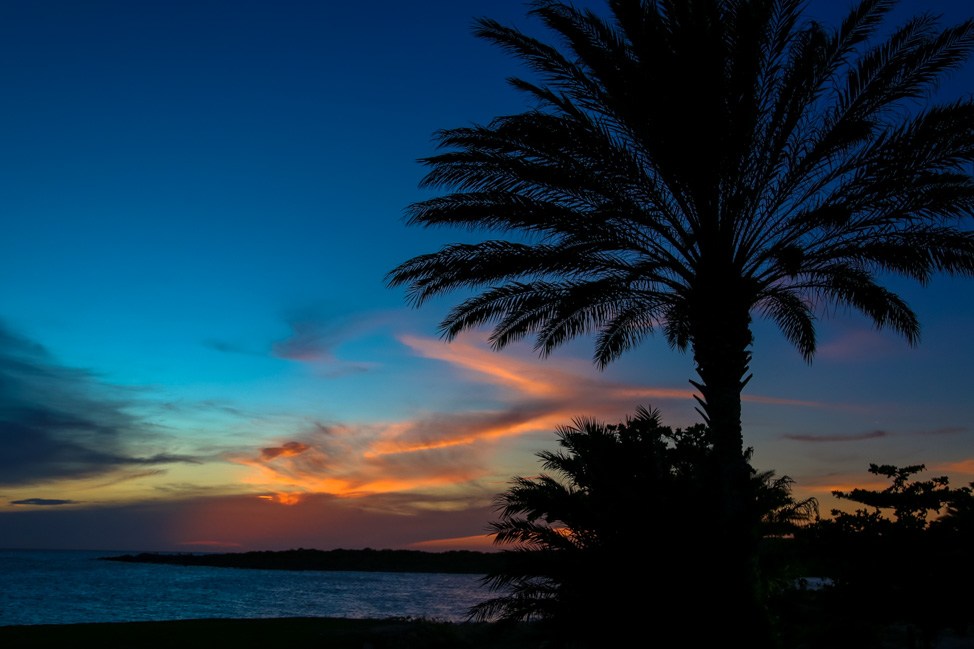
In Curaçao, they have this saying “dushi,” a catch-all Papiamento phrase meaning something is great, beautiful or just all-around good. That’s exactly how I would describe Curaçao and its people: dushi. Dushi, squared.
The post Girl Power on Curaçao: The Women of Willemstad appeared first on Camels & Chocolate: Travel & Lifestyles Blog.
Source: camelsandchocolate.com










